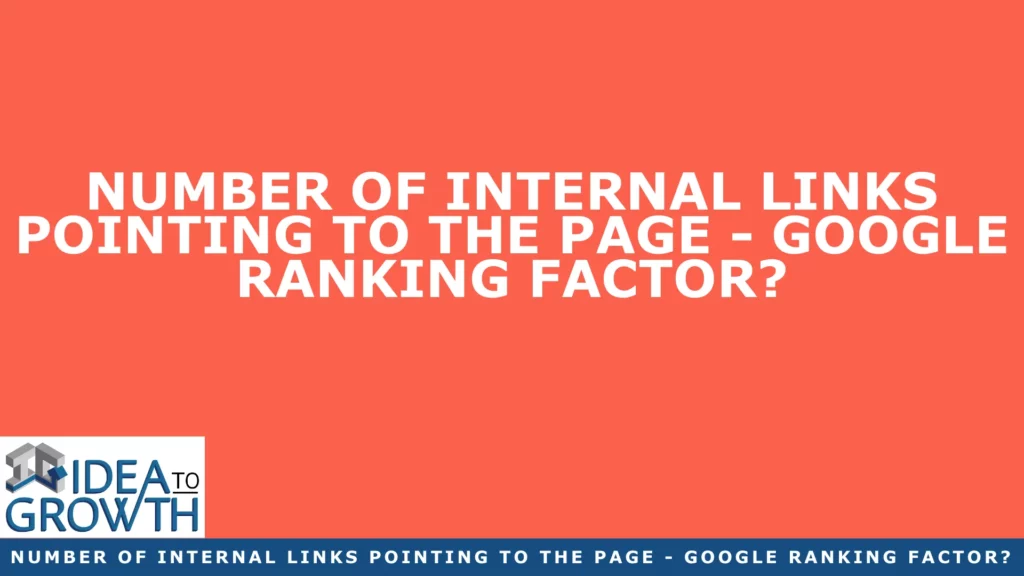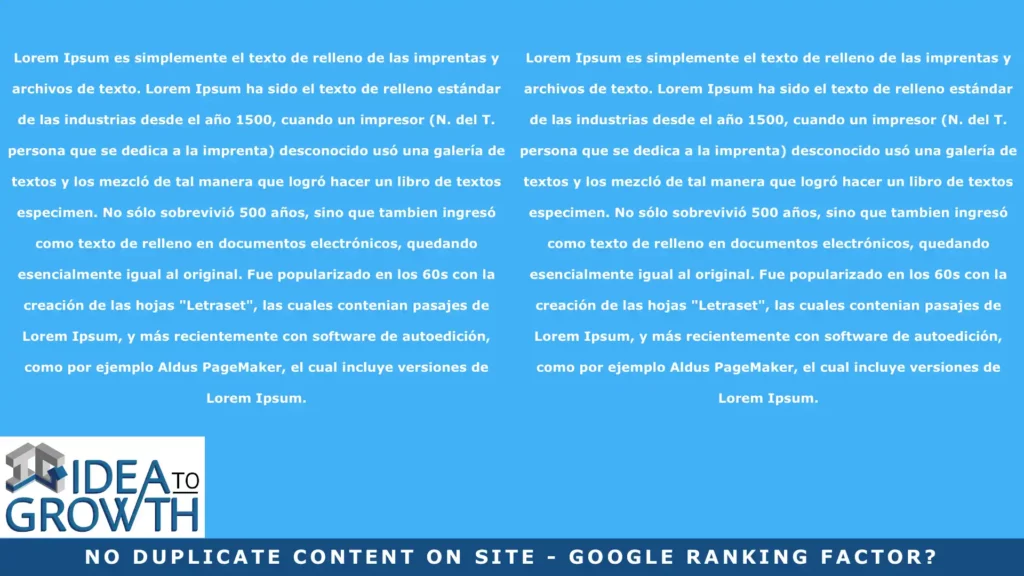02 – PITCH DECK PROBLEM SLIDE – 10 SLIDES TO VC FUNDING SUCCESS

2: Pitch Deck Problem Slide: 10 Slides to VC Funding Success
❏ Today, in Part 2 of my 10 Slides to VC Funding Success series, I’ll speak on 2: Pitch Deck Problem Slide: 10 Slides to VC Funding Success.
The problem slide is the second page of every successful VC pitch deck. After your introductory cover slide question and related wording, you should immediately describe the big, hairy problem. If you can’t succinctly state the problem in five to seven words, you have a problem. Yes, there is always an exception, but what you are solving is not likely the exception.
What is the problem? You will be able to learn in this article the answer to this question and which things are essential to show on your Pitch Deck Problem Slide.
My History:
One of my responsibilities as an executive coach is to assist company founders with creating their investor pitch deck. Throughout my career, I have made and reviewed many investor pitch decks. Upon reflection, I realized that some of our team’s investor pitch decks, especially early in my startup career, were “horrible.”
Sometimes, our teams were successful in raising money from investors. Many times, they were not.
I never thought that the content and presentation style of the investor pitch deck might be hurting us. Boy, was I ever wrong? Working with many investors taught me what they want in an investor pitch deck. In my last company, we raised $87 million over rounds A, B, and C.
So, in this series and an upcoming book, I look to share my hard-learned lessons from 20+ years of being an entrepreneur.
The Investor Pitch Deck Series:
In this series, you will learn the order and importance of each of the following pitch deck slides:
- Cover Slide
- Problem Slide
- Market Slide
- Solution
- Traction
- Competition
- Monetization
- Financials
- Team
- Ask
This 10-part series covers the ten investor pitch deck slides’ ideal content, order, and flow. You’ll have learned how to craft your story into a successful ten-page investor pitch deck that can get you funded!
When entrepreneurs assemble their investor pitch deck, they usually hoard information. Sadly, they often construct a “book” that is 20, 30, or even as much as 80 pages in length! Most of us humans have a concise attention span. Even ad networks know that most ads over 30 seconds don’t work with consumers. For investors, the successful length of an investor pitch deck is about ten pages and 7 to 15 minutes in presentation length.
Pitch Deck Problem Slide: Why Is It Important?
Last week, in Pitch Deck Cover Slide: 10 Slides to VC Funding Success, I spoke about the cover slide and its importance. This week, I’m discussing the problem slide, the second page of every presentation, and its significance in your Venture Capital Pitch Deck. After your introductory cover slide question and related wording, you should immediately describe the big, hairy problem.
Why? First, this is where you confirm your reason for being in front of your audience after your opening introduction. Second, I said “big, hairy problem” because no investor wants to hear about a small problem. Minor issues merit few customers or revenues, so an investor is unlikely to see a big payday.
Every investor wants to invest in billions of USD and larger market sizes. An investor’s big payday only happens if the company can find a buyer who will pay 5x to 50x what your investor paid to buy your stock. Small-market products and services typically will give a return in a different range, leading to considerable difficulty in finding investors.
Pitch Deck Problem Slide: Content
Most problem slides I see from entrepreneurs are all over the map regarding content, format, and non-existence. I’ve sat in pitches where founders went 10+ slides, and I still had no idea what problem they were solving! Please don’t let this be you!
Your problem slides should be able to convey to your audience a firm idea of what you will be saying. Suppose your product is a big-box item delivery service for consumers and businesses. You might create a slide background image of an unhappy consumer with a questioning look on their face. They would be looking for a large, newly purchased item. Their facial expression says, “How do I get this home?”. Show three cloud-themed “thought” shapes above the consumer’s head. One with a grizzled-looking delivery driver in one. Another with their small vehicle with the large item strapped to it. A third of a calendar showing a six-week delivery is marked on it. Without text, your audience has a strong image of the “big problem” your company is tackling.
Your text should be a few words or bullets, supporting the image and stating the big problem (no sentences!). That’s it! Remember, you’re only trying to be clear on what “big problem” your team is bringing a solution to. There’s a temptation to give a “tease” as to your “solution” as part of your storyline—don’t! You will speak to the solution in detail and discuss the solution in detail on the fourth slide, which I’ll cover in later writings. Please look at the image associated with this article for an outstanding problem slide example.
Pitch Deck Problem Slide: What’s Your Story?
So, what do you think you could say while your problem slide is visible? In pitching to investors, I advise presenters to start their talk with a question. Beginning with a question does several things. By nature, most audience members will stop talking when asked a question. Audience members also engage a different part of their brain than when chatting. Your audience focuses on you and what you are saying. Concentrating on “you” is what you want them to do now!
The question itself, along with the wording and delivery, is critical. Ideally, your question to the audience needs to be one your audience can draw from personal experience. The question and its answer should directly relate to the “big problem.” Allow me to give one example.
“How many of you have been shopping and bought some large item like a TV or couch? Now you’re faced with, “How do I get this thing home?” The store salesperson says, “We can deliver in 6–8 weeks. We’ll need you to be home in 4–8 hours to accept the delivery.”. Ugh, no thanks! Your second thought is to tie it to the top of your vehicle. OUCH! Your third thought is to hire that scruffy-looking guy down the street who has a pickup truck. YIKES!”
This illustrates that starting things with a great question your audience relates to is critical. Every audience member can remember a personal experience where such a service would have improved their life! Create a similar “problem” story to describe the problem your company is solving that your audience can relate to.
Presentation: We Can Read or Listen—Not Both!
Most humans can “read” or “listen,” but we cannot do both simultaneously. Your Pitch Deck slide presentation exists to support “the story” you will be telling your audience. Does your investor pitch deck have a lot of words, charts with numbers, or distracting images? Then, your audience will switch their brains into “reading mode” and out of “listening mode.” As soon as that happens, you’ve lost your audience and will struggle to get them back to listening to you! To avoid this, use primarily images and as few words as possible, usually in bullet form. So absolutely, positively, no sentences!
Conclusion
So, I suspect many of you were surprised by the importance of the problem slide. If you’re starting to create your first investor presentation, congratulations! You will return and start on the right foot if you follow my recommendations above. Go back and look at your problem slide and apply what you’ve learned above. You should wait to read the remainder of the series before you present it again. I can promise you a better reaction from your audience.
100% FREE GOOGLE PAGE RANK ANALYSIS
I want to prove my value to “Helping You Grow Your Business Stronger!” by offering a 100% free Google SEO pagerank analysis. Could you share your homepage URL (domain name) and the email to which I should send your 100% free report? Within a day or two, I’ll point out the top items on your business website that cost you customers.
QUESTIONS?
If you’re ready for an F2F Zoom chat or want to ask a quick question by email, click the appropriate link below.
Regards,
Kenneth Ervin Young, CEO
Idea To Growth LLC
Digital Marketing and Website Agency































